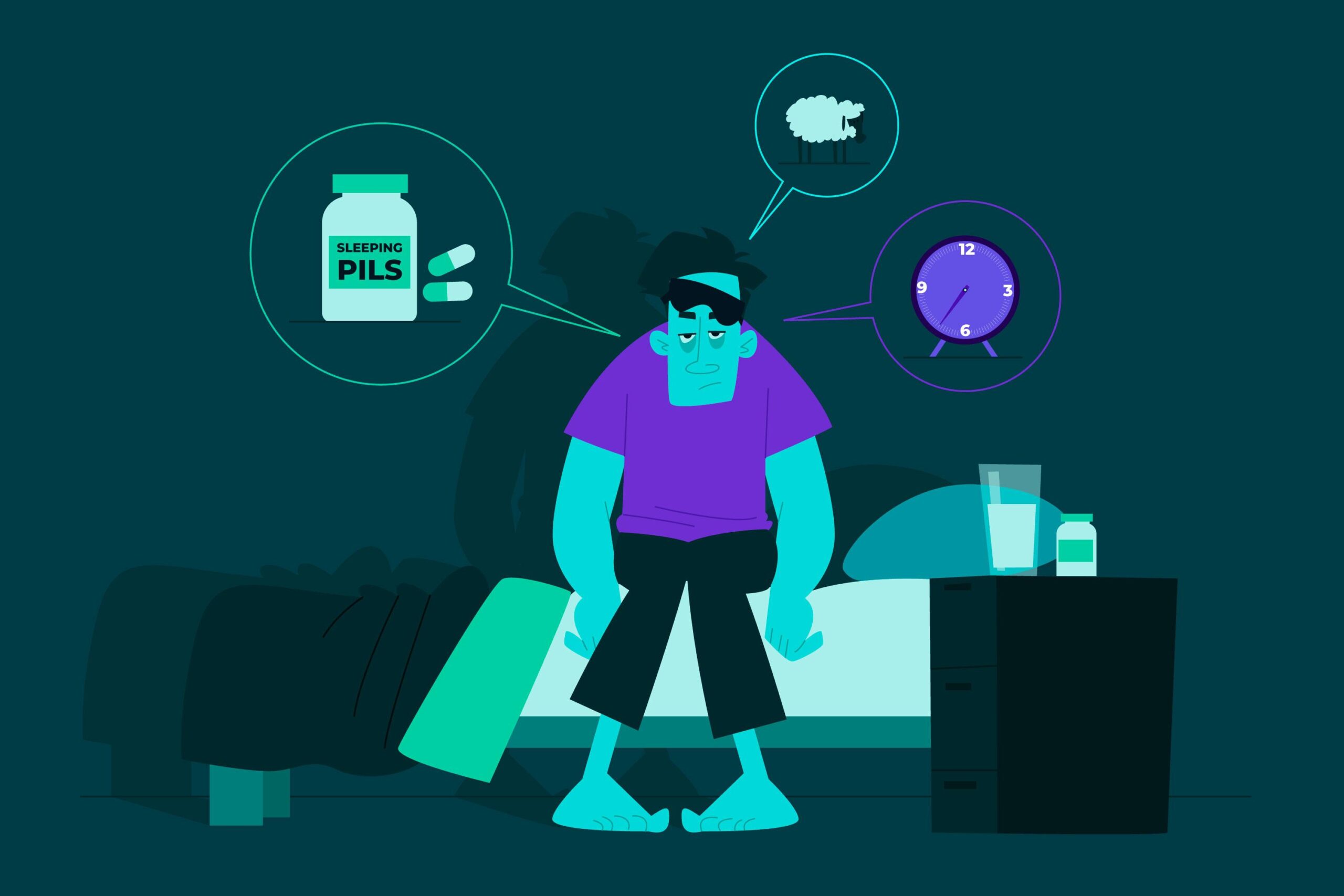Tic Disorders
Overview
Tic disorders are neurodevelopmental conditions characterized by sudden, repetitive, non-rhythmic movements or vocalizations called tics. These disorders encompass transient tics, chronic motor or vocal tics, and Tourette Syndrome (TS), which involves multiple motor and at least one vocal tic persisting for over a year. In India, awareness and understanding of tic disorders are gradually increasing, yet challenges in diagnosis and management persist due to limited specialized resources and societal stigma.
Key Facts
- Prevalence: A population-based study in India reported a prevalence rate of 35.34 per 100,000 individuals, with a higher occurrence in males (56.19 per 100,000) compared to females (12.37 per 100,000).
- Gender Ratio: Studies indicate a male-to-female ratio of approximately 4.5:1 in tic disorder cases.
- Age of Onset: Tic disorders typically manifest in childhood, with the majority of cases presenting between 4 and 6 years of age.
Symptoms and Patterns
Tics are classified into motor and vocal categories:
- Motor Tics: Involuntary movements such as blinking, grimacing, shoulder shrugging, or head jerking.
- Vocal Tics: Unintended sounds like throat clearing, grunting, sniffing, or uttering words/phrases.
The severity and frequency of tics can fluctuate, often exacerbated by stress, excitement, or fatigue. While some individuals experience a reduction or remission of tics in late adolescence, others may continue to exhibit symptoms into adulthood.
Risk and Protective Factors
Risk Factors:
- Genetic Predisposition: A family history of tic disorders or related conditions, such as obsessive-compulsive disorder (OCD), increases susceptibility.
- Neurobiological Factors: Abnormalities in brain regions associated with movement and behaviour regulation, particularly the basal ganglia, have been implicated.
- Environmental Influences: Prenatal complications, low birth weight, and exposure to certain infections may elevate the risk.
Protective Factors:
- Early Intervention: Timely diagnosis and management can mitigate symptom progression and improve quality of life.
- Supportive Environment: Understanding and accommodating settings at home, school, and work can reduce stress-related tic exacerbation.
Treatment and Care
Management of tic disorders is tailored to the individual’s symptom severity and impact on daily functioning:
- Behavioural Therapies:
- Habit Reversal Training (HRT): Teaches individuals to recognize premonitory urges and implement competing responses to suppress tics.
- Comprehensive Behavioural Intervention for Tics (CBIT): Combines HRT with strategies to modify daily activities that may trigger tics.
- Pharmacotherapy:
- Dopamine Blockers: Medications such as fluphenazine, haloperidol, and risperidone may help control severe tics.
- Botulinum Toxin Injections: Targeted injections can alleviate specific motor tics.
- Supportive Therapies:
- Psychoeducation: Educating patients and families about the disorder to foster understanding and reduce misconceptions.
- Counselling: Addressing co-occurring issues such as anxiety, OCD, or attention-deficit/hyperactivity disorder (ADHD).
Psychological and Psychosocial Interventions
- Cognitive Behavioural Therapy (CBT): Assists in managing coexisting conditions like OCD and anxiety, which can exacerbate tics.
- Family Therapy: Engages family members to create a supportive environment and develop effective coping strategies.
- School-Based Interventions: Collaborating with educational institutions to implement accommodations and reduce tic-related challenges in academic settings.
Conclusion
Tic disorders, while not uncommon, often remain under recognized in the Indian context. Enhancing awareness among healthcare professionals and the public is crucial for early diagnosis and effective management. A multidisciplinary approach, encompassing medical, psychological, and social support, can significantly improve outcomes for individuals with tic disorders.


